An extremely rare and outstanding heirloom Jian 'nogime tenmoku' tea bowl, Southern Song dynasty
Lot 2519. Property of a Gentleman. An extremely rare and outstanding heirloom Jian 'nogime tenmoku' tea bowl, Southern Song dynasty (1127-1279); 22.3 cm, Japanese wood box. Lot Sold 4,826,000 gHKD (Estimate 5,000,000 - 7,000,000 HKD). © Sotheby's 2023
Provenance: Passed down in Japan since medieval times, thence in the collection of Baron Fujita Denzaburō (1841- 1912).
Sotheby's Hong Kong, 5th April 2015, lot 2835.
Note: 'Hare's fur' glazes of this radiant type, which have been passed from hand to hand over the centuries in Japan, are exceedingly rare. The humble appearances of these tea bowls made them appropriate for use in Buddhist temples, and they were held in great esteem in the Song dynasty (960-1279). Dramatically contrasting to the white foam of whipped tea, bowls enveloped in this lustrous black glaze were greatly appreciated and soon gained popularity beyond the monastic circles. Emperor Huizong (r. 1101-25), well known for his love for tea, stated that the black-glazed tea bowls, especially those decorated with 'hare's fur' like the present example, were the most desirable. Together with whipped tea, Song dynasty 'Jian' tea bowls are believed to have arrived in Japan in the Kamakura period (1185-1333) when Zen Buddhism was introduced, and have since then been greatly treasured.
A similar bowl was included in the exhibition Karamono tenmoku [Chinese tenmoku], MOA Art Museum, Atami, 1994, cat. no. 6. This exhibition catalogue, where a few important heirloom tenmoku tea bowls preserved in Japan were juxtaposed with a large sample of excavated specimens from the kiln site, impressively documented the wide range of qualities and the excellence of the examples collected in Japan. Another bowl with a similar glaze appearance in the Metropolitan Museum of Art, New York, was included in the exhibition Hare's Fur, Tortoiseshell, and Partridge Feathers. Chinese Brown- and Black-Glazed Ceramics, 400-1400, Harvard University Art Museums, Cambridge, Mass., 1996, cat. no. 83. Only one sherd with a similar glaze effect is illustrated in J.M. Plumer, Temmoku. A Study of the Ware of Chien, Tokyo, 1972, p. 59, pl. 8.
Baron Fujita Denzaburō (1841-1912), was among one in a line of select former owners of this bowl; the eminent Meiji-period entrepreneur, industrialist and master of tea ceremony had assembled an unrivalled collection of Song dynasty tea wares and many other exceptional East Asian works of art. His heirs, following in their father's footsteps, had also inherited his passion and founded the renowned Fujita Museum in Osaka in 1954, preserving thousands of artworks amassed by the enthusiastic collector. Among the distinguished repertoire, the museum houses nine National Treasures and over fifty Important Cultural Objects, as officially immortalized by the Agency for Cultural Affairs in Japan, with the most notable being the legendary Yohen Tenmoku.
Sotheby's. Karamono: Heirlooms of Chinese Art from Medieval Japan, Hong Kong, 9 October 2023

/https%3A%2F%2Fprofilepics.canalblog.com%2Fprofilepics%2F1%2F0%2F100183.jpg)
/https%3A%2F%2Fstorage.canalblog.com%2F03%2F02%2F119589%2F96711876_o.jpg)
/https%3A%2F%2Fstorage.canalblog.com%2F11%2F31%2F119589%2F94773502_o.jpg)
/https%3A%2F%2Fstorage.canalblog.com%2F20%2F83%2F119589%2F94772815_o.jpg)
/https%3A%2F%2Fstorage.canalblog.com%2F26%2F72%2F119589%2F75604929_o.jpg)
/https%3A%2F%2Fstorage.canalblog.com%2F59%2F60%2F119589%2F26458628_o.jpg)
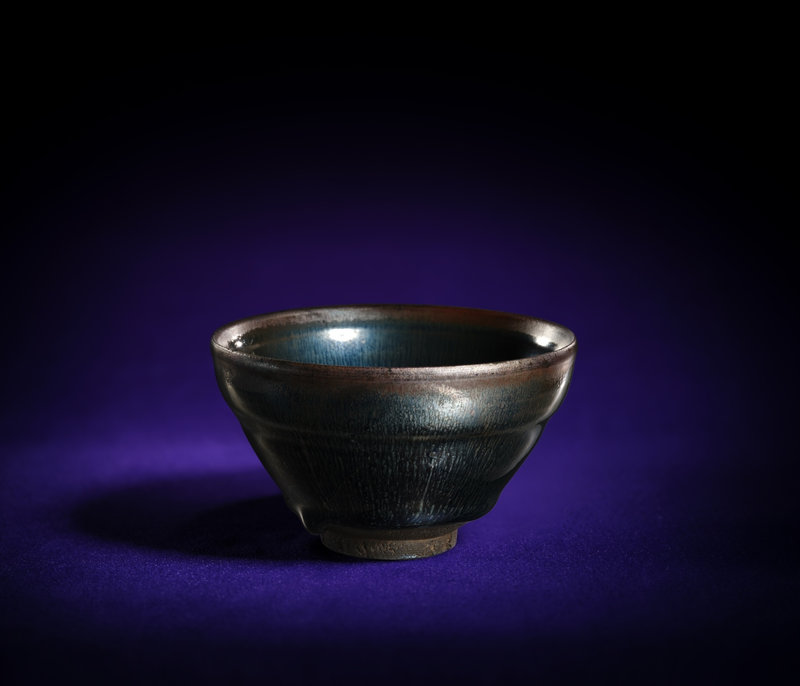
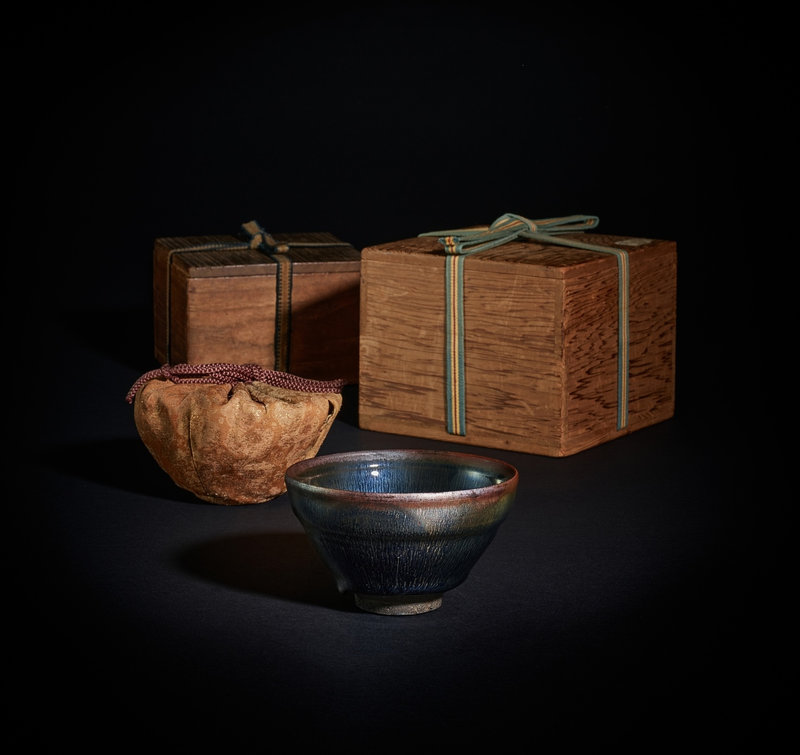
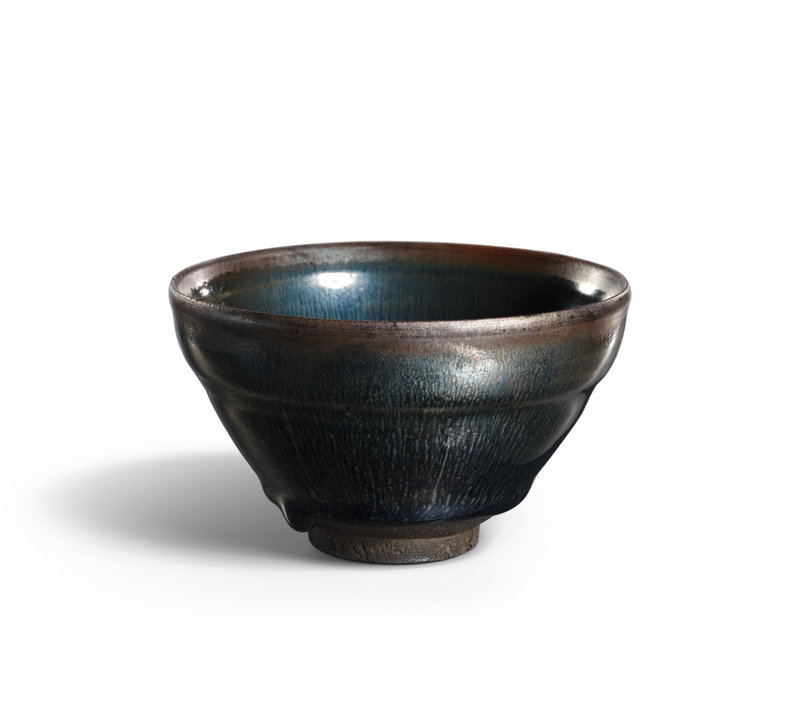
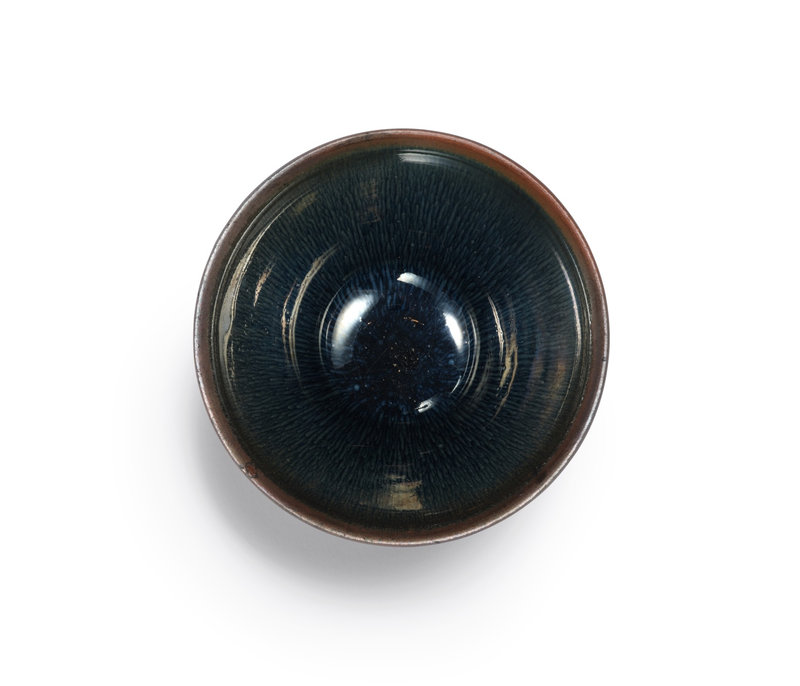
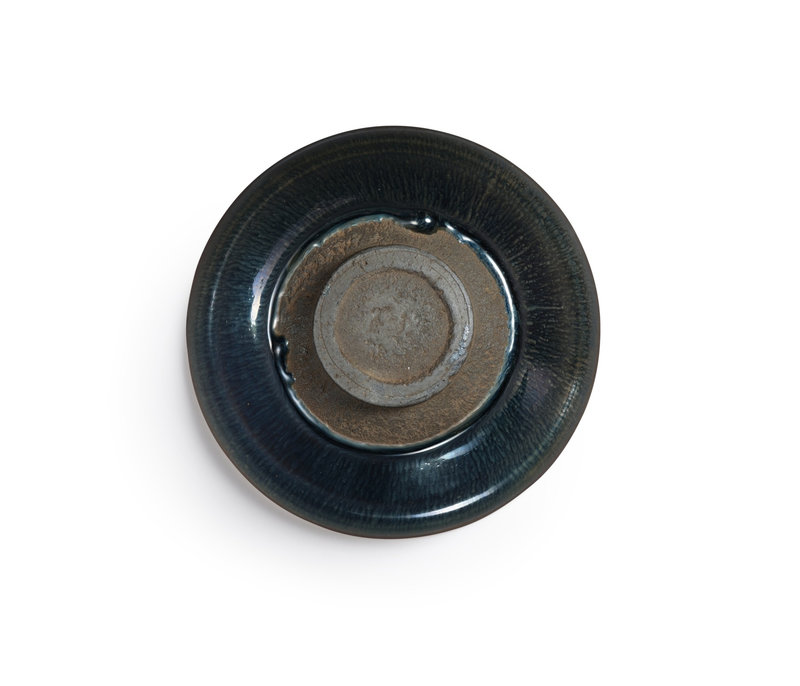


/image%2F1371349%2F20240502%2Fob_2a48ba_telechargement.jpg)
/image%2F1371349%2F20240411%2Fob_4a5248_2024-nyr-22642-0913-000-a-longquan-cel.jpg)
/image%2F1371349%2F20240410%2Fob_c3c107_2024-nyr-22642-0907-000-a-jian-hares-f.jpg)
/image%2F1371349%2F20240406%2Fob_51f0c3_434080429-1646420606127952-46239392186.jpg)